If you have the opportunity to visit the President Ho Chi Minh Historical Relic Site in Da Chong (K9 Relic Site), everyone will be filled with emotions before the touching stories about Uncle Ho, alongside the artifacts and works related to his life and career, when he was alive and when he passed away.
 |
| President Ho Chi Minh Memorial House |
The K9 relic site in Da Chong, about 70 km west of Hanoi city center, where the landscape is "Son thuy huu tinh" located in the Ba Vi mountain range, along the flowing Da River, convenient for both road, water and air routes. In May 1957, during a visit to the 308th Division to practice tactical models of the Infantry Regiment to strengthen the attack on the enemy's prepared defense. On the way back, Uncle Ho stopped to rest and have lunch at a place with 3 sharp rocky outcrops shaped like spikes and spearheads arranged next to each other (locals called it Da Chong). Seeing the rugged terrain, beautiful scenery, and cool climate, Uncle Ho discussed with his fellow comrades, suggesting that this location be chosen as a place for him and the Central Committee to rest and work. On February 23, 1958, Uncle Ho visited and reviewed the Da Chong area.
After Uncle Ho's trip, the General Department of Logistics of the Vietnam People's Army was ordered to build a number of houses in the Da Chong area. By 1960, the danger of a destructive war was too obvious, the Barracks Department was ordered to continue building a stilt house as a meeting and resting place for Uncle Ho and the Politburo when necessary. Along with the construction of the stilt house, the engineering troops also built a solid fortification system and named it K9. It is noteworthy that both the bunker and the house were staked and oriented by Uncle Ho. Here, during the years 1960 - 1969, Uncle Ho and his comrades in the Politburo held many meetings, received international guests, and decided on important issues of the country.
After Uncle Ho passed away on September 2, 1969, in anticipation of a possible war across the country, the Politburo and the Central Military Commission concluded that if Uncle Ho's body was left in Hanoi, when war broke out, the 75A project would not be strong enough to withstand the destructive power of American bombs. Hanoi was also an important target of the enemy's attacks, ensuring regular electricity and water for the project was also extremely limited...
Based on this assessment, the Politburo decided to assign the Military Commission to find a quiet, secret location, far from Hanoi and convenient for moving Uncle Ho's body when the war spread. After careful consideration, the Politburo and the Central Military Commission decided to choose K9 as the place to preserve Uncle Ho's body. It was a quiet pine hill located on the right bank of a river, which at that time was still a fierce but poetic river. During the flood season, the river roared loudly, the water overflowed as if spreading its arms to embrace the hill, on the hill there were sharp rocky outcrops like large spearheads. It was in this beautiful land of mountains and rivers that one of the most beautiful legends about the power of humans to conquer the ferocity of nature was created. That was the story of Son Tinh - Thuy Tinh.
On September 10, 1969, a delegation of officers and soldiers from the Engineering Command and Brigade 144 arrived at K9 to survey, design, renovate the project and receive the handover of the entire area from the armed police units and the Central Office. Initially, at K9, the Steering Committee only intended to use the existing glass house to install equipment and machinery to preserve Uncle Ho's body above ground. However, later, the Central Military Commission decided to renovate the entire underground tunnel system so that Uncle Ho could be brought down in case the war spread to this quiet and poetic hill.
The workload was large and the construction site was narrow, but the construction units received orders to complete the project and put it into use in early December. The entire design and construction time was less than three months. On December 15, 1969, the K9 project completed the final details, exceeding the prescribed deadline by 10 days. To keep it a secret, K9 was renamed K84 until July 18, 1975, when Uncle Ho's body was moved to his Mausoleum at the historic Ba Dinh Square. The name K84 comes from a very simple calculation: K75 + K9 = K84.
The K9 relic site is one of nearly 700 relics and sites about President Ho Chi Minh, a place that preserves memories of Uncle Ho not only when he was alive, but also when he passed away, including the following works: a 2-storey house designed in the style of a stilt house, vehicles to transport Uncle Ho's body, a greenhouse and works to preserve Uncle Ho's body during the war years... In addition, there is a guest house and a telephone switchboard bunker, a service house, a shelter, a rockery, a fitness path...
To meet the emotional needs of the people for beloved Uncle Ho, and at the same time educate the traditions for generations of Vietnamese people, in early 1995, implementing the direction of comrade Do Muoi - General Secretary of the Party Central Committee (VIII term), after reporting to the Ministry of National Defense and the General Department of Politics, the Command for the Protection of President Ho Chi Minh's Mausoleum organized a reception for agencies, units and localities nationwide to offer incense to commemorate Uncle Ho, participate in political activities and visit the relic site. Every year, the K9 relic site welcomes many delegations from central and local agencies and people to visit the relic site through activities such as sightseeing, studying, reporting to Uncle Ho, awarding Party badges, admitting to the Party, admitting to the Youth Union, planting souvenir trees... In particular, after the Politburo approved the Project "Long-term preservation, absolute safety protection of President Ho Chi Minh's body and promoting the political and cultural significance of the Mausoleum in the new period" (April 2010), the K9 relic site was invested in, renovated and upgraded infrastructure to serve the people of the whole country to visit Uncle Ho.
The K9 relic site not only has historical, political and cultural significance rich in deep humanity, with a sincere heart towards Uncle Ho, but also becomes a red address to educate the revolutionary tradition of the nation for generations of Vietnamese people; at the same time, helping the younger generation have a correct perception of history, contributing to fostering patriotism, national pride and self-respect, thereby continuing to promote the good tradition and morality of "When drinking water, remember its source", regularly cultivating, studying and practicing the ideology, morality and style of President Ho Chi Minh.
Source: http://baolamdong.vn/du-lich/202409/khu-di-tich-k9-dia-chi-do-giao-duc-truyen-thong-yeu-nuoc-va-long-tu-hao-dan-toc-e022af3/










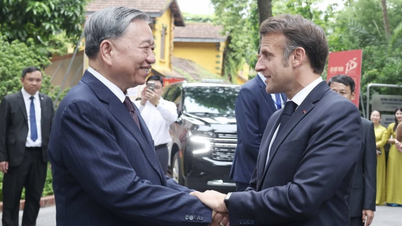

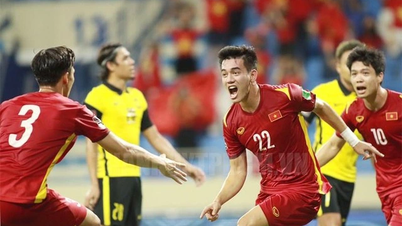


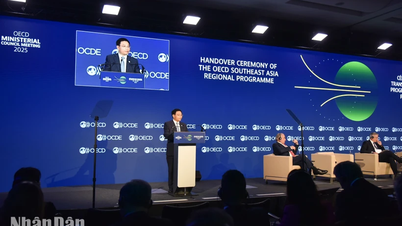


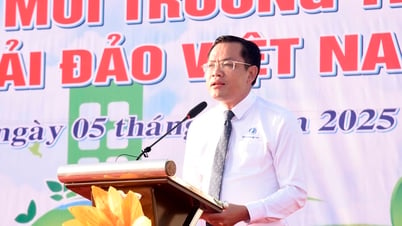
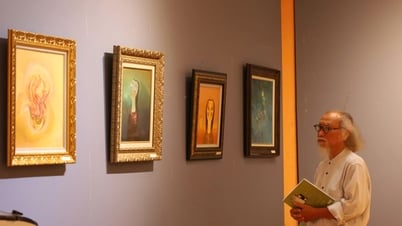



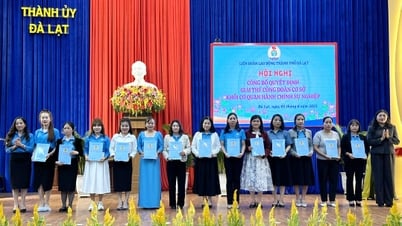
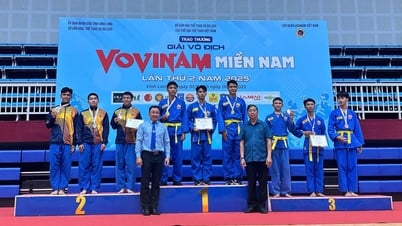








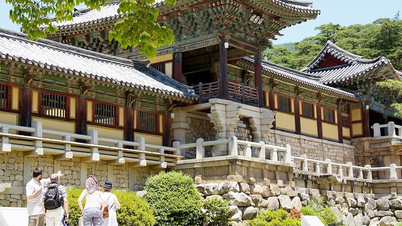
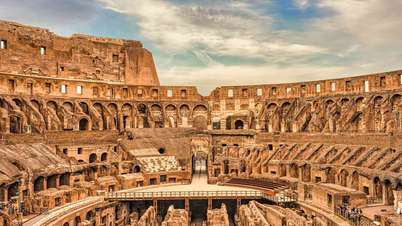



















































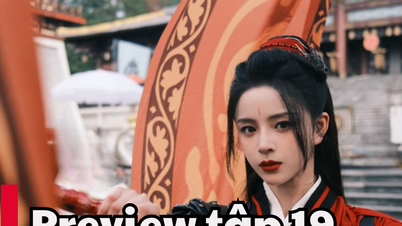









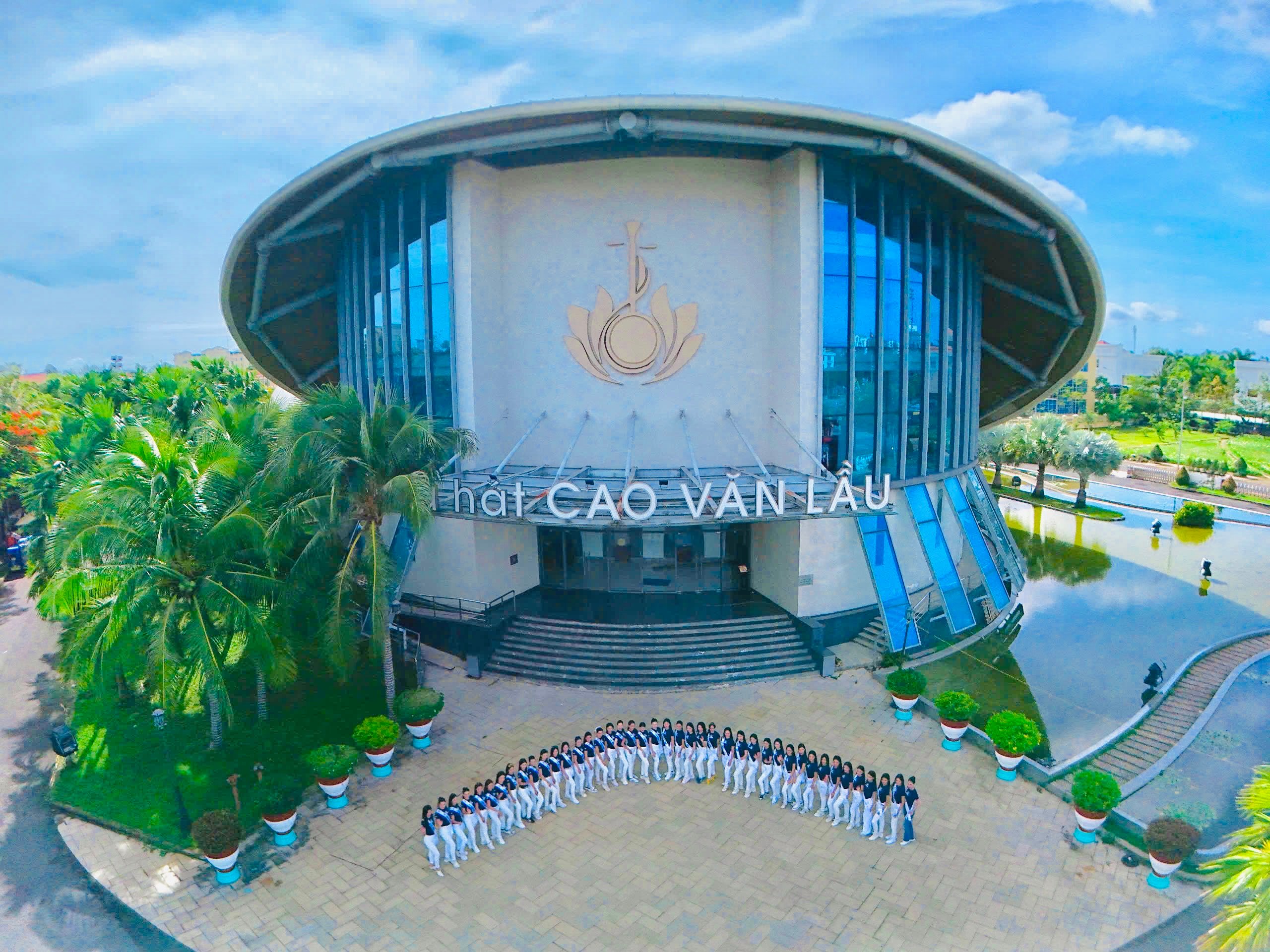
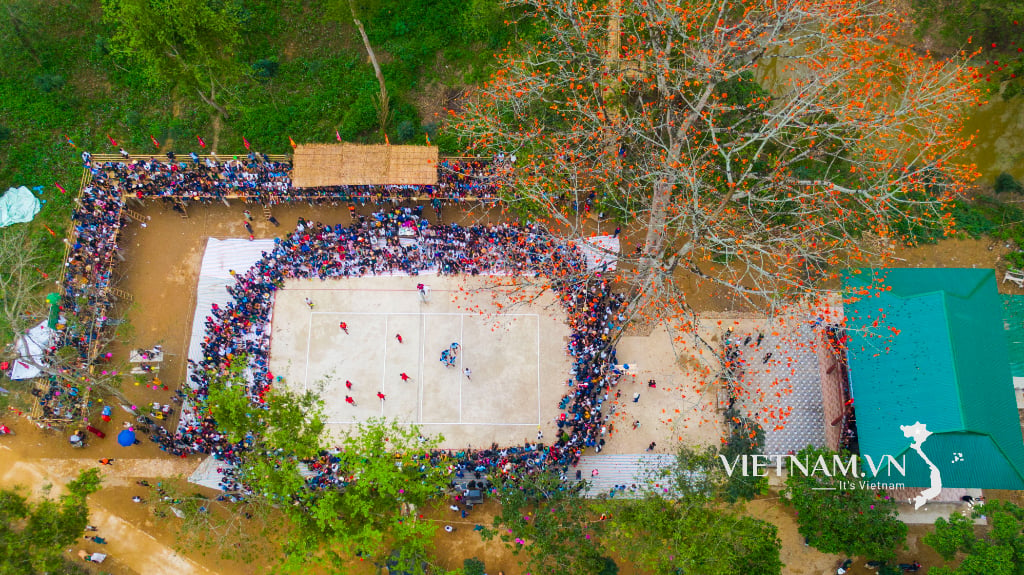
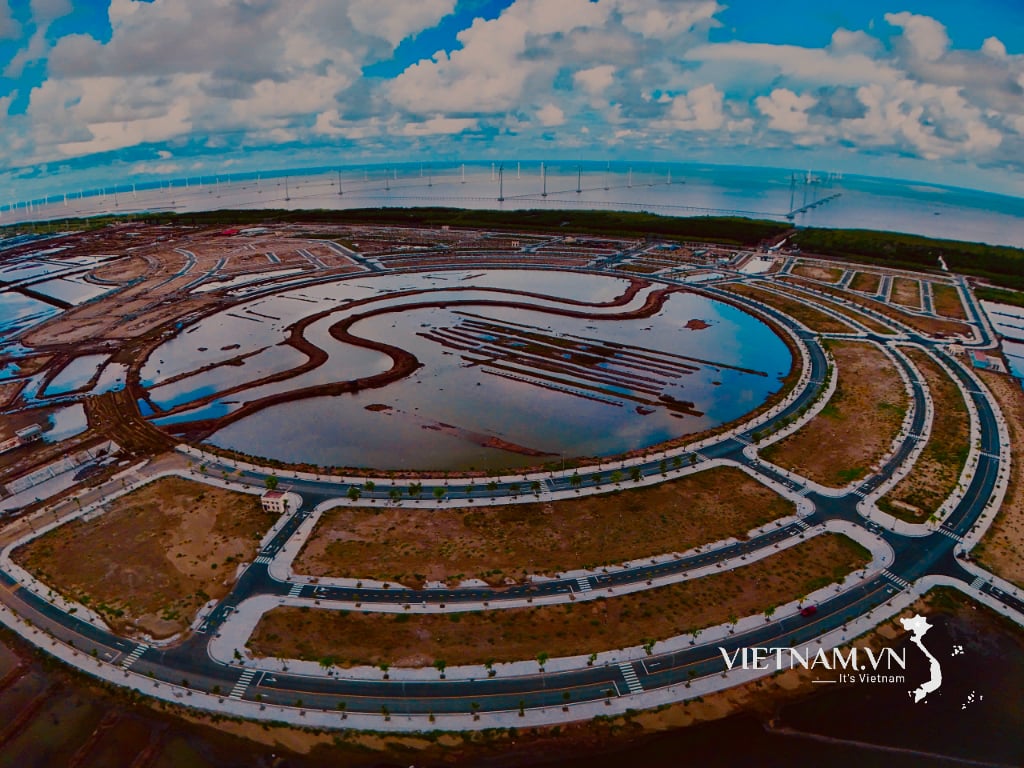
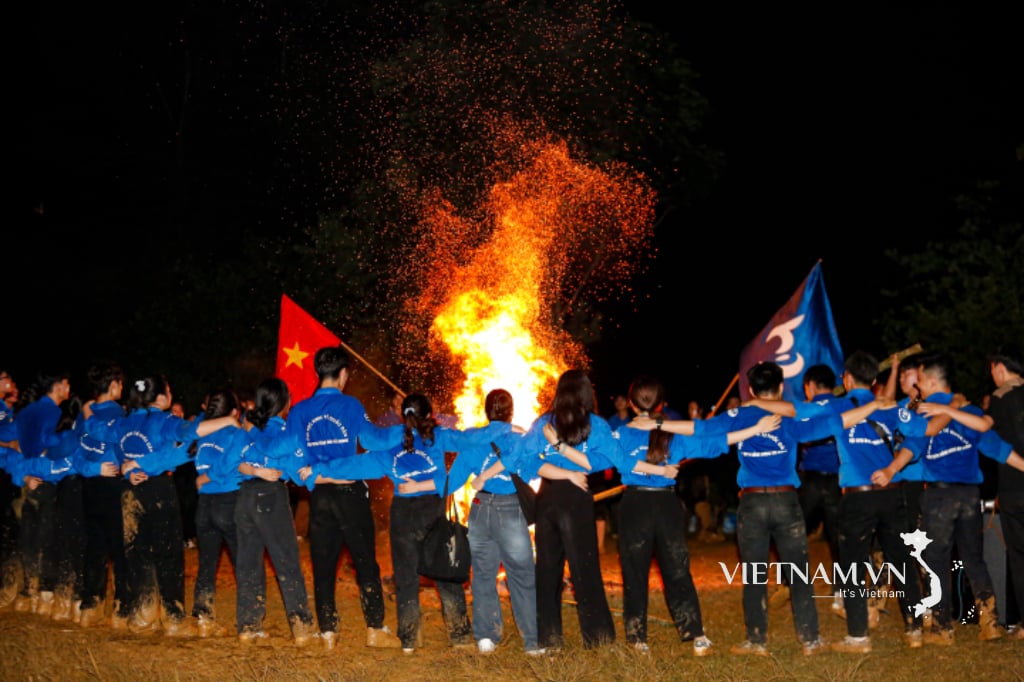
Comment (0)